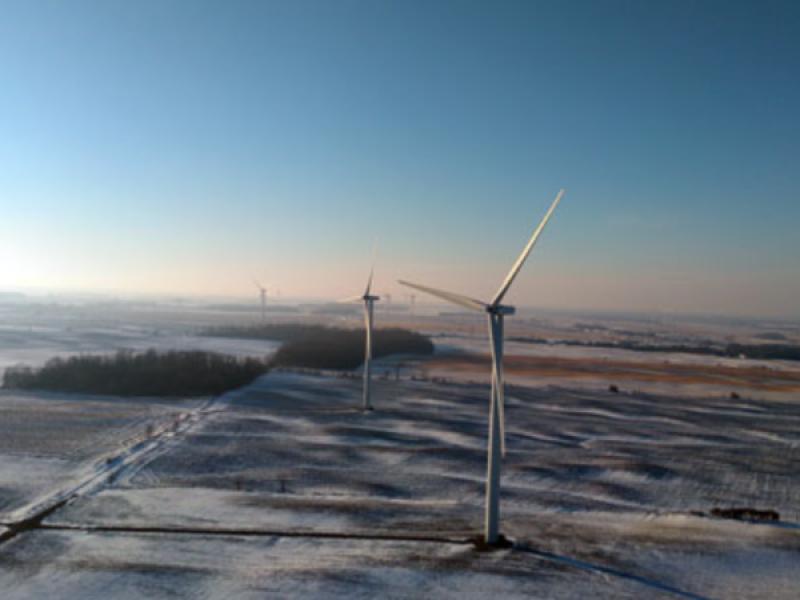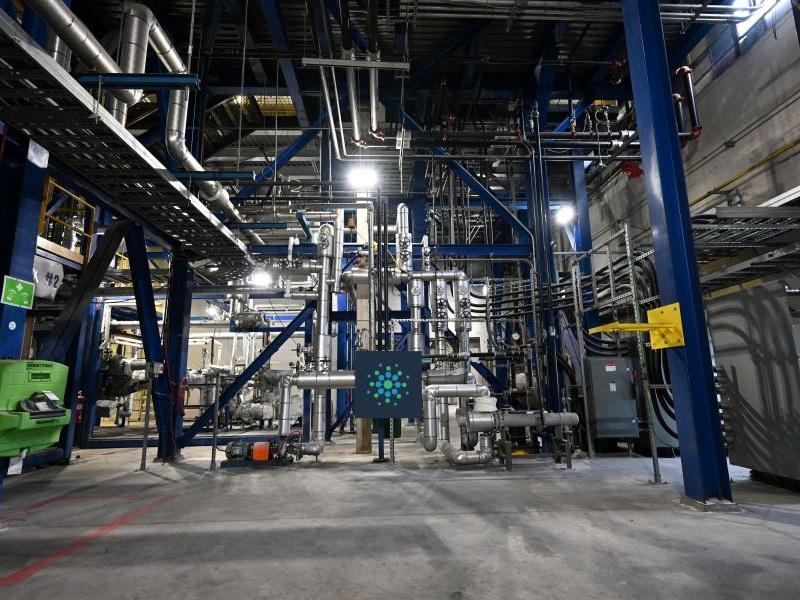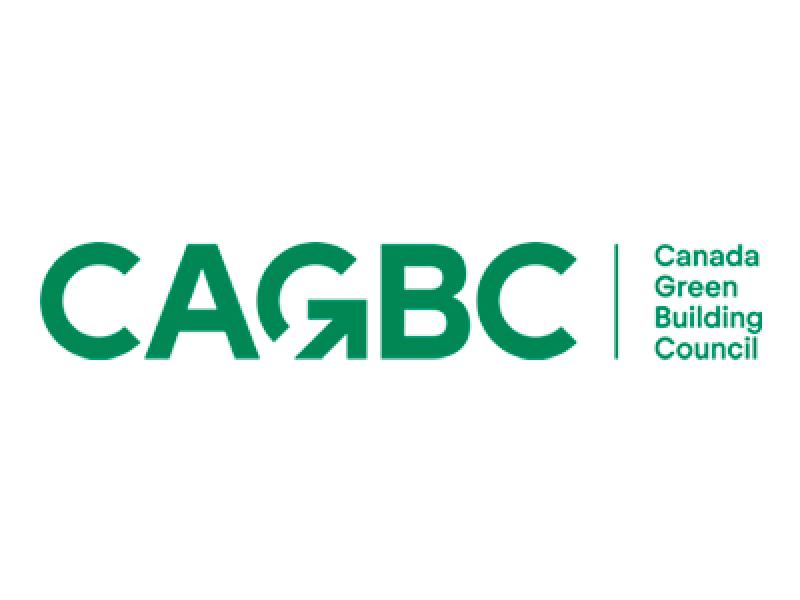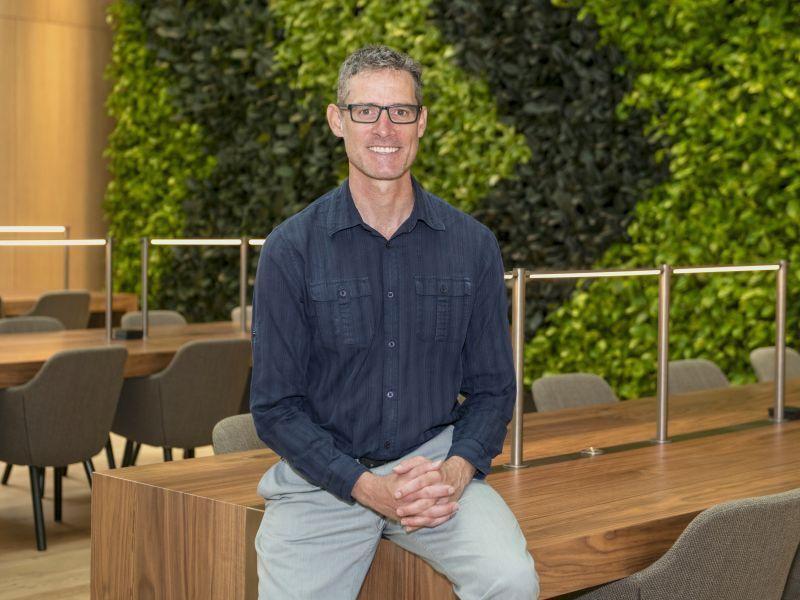
Bombardier Inc. is beginning the second phase of its EcoJet research project with test flights of an 18-foot-wide prototype.
The EcoJet project aims to reduce aircraft emissions by up to 50 per cent, thanks to its blended wing body and a combination of aerodynamics and propulsion enhancements.
“Our engineers are eager to start working with the results yielded by this second phase of the flight test program,” Stephen McCullough, Bombardier’s senior vice-president of engineering and product development, said in a statement.
“Building on the significant data drawn from the initial flight-testing phase, and now leveraging a model twice as large as the first prototype, we can further refine our analysis. With each additional experimental stage, we are paving the way for more sustainable aircraft designs and new technologies.’’
Based in Greater Montreal, Bombardier (BBD-B-T) has a worldwide fleet of approximately 5,000 aircraft in service with a variety of multinational corporations, charter and fractional ownership providers, governments and private individuals. The company operates aerostructure, assembly and completion facilities in Canada, the U.S. and Mexico.
It also has facilities in the U.K., Germany, France, Switzerland, Italy, Austria, the U.A.E., Singapore, China and Australia.
Bombardier’s EcoJet
Bombardier unveiled images of the latest test phase, taken from a “secret location in North America” to attendees of the annual National Business Aviation Association conference in Las Vegas.
The 18-foot-wide prototype of Bombardier’s EcoJet research project flew for the first time in 2022 and can fly autonomously. Bombardier’s research and technology team started testing the real-life feasibility of their theoretical work in 2017 with the first prototype, which had a wingspan of approximately eight feet.
According to a release, the new tests will allow the company's engineering team to perfect its knowledge of new aviation control laws that are adapted to the “radically different” blended wing body geometry.
“Typically, for the past 50, 60 years, airplanes have been mostly a circular fuselage, where we join a wing underneath. Some current airplanes have the wing up top. The efficiency of blending those shapes, essentially, you blend the wing with the body, you end up reducing drag. So an airplane that flies just like a car,” Benoit Breault, Bombardier’s director of research and technology, told Sustainable Biz Canada during an interview in June.
While the test flights are autonomous, Breault said Bombardier is designing the EcoJet for use with two pilots as per current regulations. However, the architecture of the plane will be designed so future developments in autonomous flying could be incorporated if regulations change.
Bombardier’s engineers also designed the EcoJet to be compatible with any type of propulsion that may become mainstream in the future, whether it's hybrid-electric, fully electric or utilizing sustainable aviation fuel (SAF).
“The idea is that we want to be to make our platforms and our current products already compatible with SAF as soon as possible. However, there's a lot of constraints with SAF that are not in Bombardier’s direct control, mostly with the availability of SAF in the actual supply network of airports,” Breault said. “So there's no doubt that SAF will be fully compatible for the EcoJet.”










